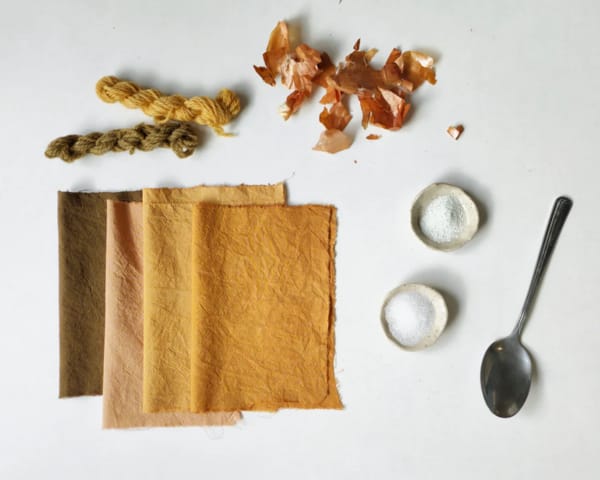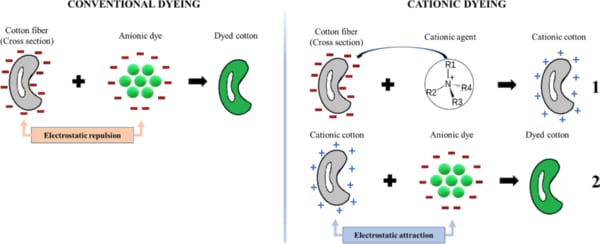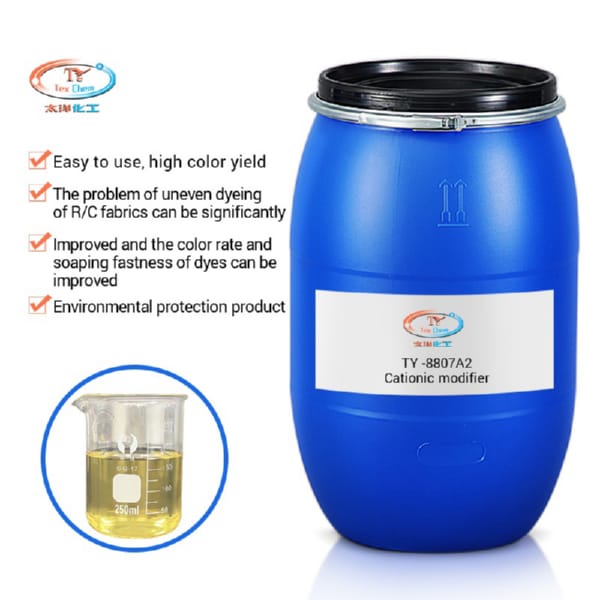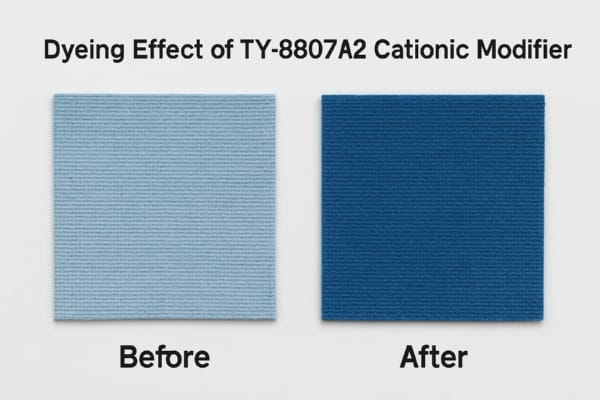

For decades, cotton dyeing with reactive dyes has relied on a resource-intensive ingredient: salt. The massive quantities of salt used create significant environmental challenges related to wastewater treatment. But what if there was a way to achieve deep, vibrant shades with little to no salt? This guide provides an in-depth look at a groundbreaking technology: the cationic modifier for cotton. We'll explore how this innovation enables salt-free dyeing and promotes a more eco-friendly dyeing process. For forward-thinking mills, this is a technology that cannot be ignored. Discover the future of cotton dyeing with our advanced chemical solutions.

Why is salt used in cotton dyeing? To understand the solution, we must first understand the problem. Cotton fibers and most reactive dyes both carry a negative (anionic) charge in water. Like two magnets repelling each other, this charge repulsion makes it difficult for the dye to approach and bond with the fiber. Salt (sodium chloride or sodium sulfate) is added in large amounts to neutralize this repulsion, effectively pushing the dye onto the cotton.
The result is highly saline wastewater, which is difficult and expensive to treat. Discharging high-salt effluent can damage local ecosystems, harm aquatic life, and contaminate groundwater. This high environmental impact is a major driver for finding alternative technologies.
Even with salt, achieving full dye uptake, especially in deep shades like black and navy, can be challenging. A significant amount of dye often remains in the water, leading to lower color yield, higher costs, and more pollution.
What is a cationic modifier? It is a specialized chemical agent that fundamentally changes the nature of the cotton fiber itself. A cationic modifier for cotton is a polymer that imparts a permanent positive (cationic) charge onto the surface of the normally anionic cellulosic fibers.

How does salt-free dyeing work? Once the cotton fiber has a positive charge, the negatively charged anionic dyes (like reactive and direct dyes) are naturally attracted to it through electrostatic forces. This "magnetic" attraction eliminates the need for salt to overcome charge repulsion. The dye is drawn to the fiber efficiently and effectively, even in deep shades.
The benefits of this process are immense:
At Taiyang Chemical, we have developed TY-8807A2, a high-performance cationic modifier for cotton. This product is designed to make the transition to salt-free dyeing simple and effective for modern dye houses.

TY-8807A2 is a special cationic polymer that is easy to use and provides a high dye fixation rate. It is also free from formaldehyde, aligning with global standards for eco-friendly dyeing.
The modification process is a straightforward pretreatment step. The fabric is treated with a solution of TY-8807A2 (typically 3-5% o.w.f) at a moderate temperature (40-60°C) before dyeing. After a thorough rinse, the now-cationized cotton is ready for a salt-free dyeing cycle.
Can cationic modifiers improve pigment dyeing? Yes. The benefits extend beyond reactive dyes. When used as a pretreatment for pigment dyeing, TY-8807A2 significantly enhances pigment pickup and improves soaping fastness. It is also excellent for improving the levelness of problematic R/C fabrics (rayon/cotton blends). When looking for a reliable chemical supplier, choosing one with versatile and innovative products is key.
The shift to salt-free dyeing is more than a trend; it's a necessary evolution for a sustainable textile industry. By adopting cationic modifier for cotton technology, dye houses can not only meet stricter environmental regulations but also gain a competitive advantage.

This method offers a clear path to reducing environmental impact, lowering operational costs through energy saving, and improving overall product quality. It represents a win-win for the planet and for business.
The era of high-salt cotton dyeing is drawing to a close. With advanced solutions like the TY-8807A2 cationic modifier, a cleaner, more efficient, and more sustainable future is already here. By fundamentally changing the fiber to attract the dye, we can eliminate a major source of pollution and create higher-quality textiles. This is the power of innovative chemistry in action.
Ready to take the first step towards salt-free dyeing? Learn more about TY-8807A2 and our other eco-friendly dyeing solutions by contacting our technical team.
1. Does the cationic modification process affect the hand feel of the cotton? When applied correctly, a high-quality cationic modifier like TY-8807A2 has a minimal effect on the hand feel. The polymer forms a very thin layer on the fiber, and any slight harshness is typically managed during the final softening and finishing stages.
2. Is the cationic treatment permanent? Yes, the cationic charge imparted by TY-8807A2 forms a durable bond with the cellulosic fibers, making the effect permanent and resistant to washing and further processing.
3. Can I use any type of reactive dye with cationized cotton? Most standard anionic dyes, including most reactive and direct dyes, are suitable for this process. However, for best results in salt-free dyeing, it is always recommended to conduct lab trials, especially with very deep or brilliant shades.
4. Is the process difficult to implement in an existing dye house? No, the implementation is relatively simple. The modification is a single, additional pretreatment step that uses standard dyeing equipment. The subsequent dyeing process is actually simplified due to the elimination of salt dosing. For guidance on implementation, you can always consult with our experts.
